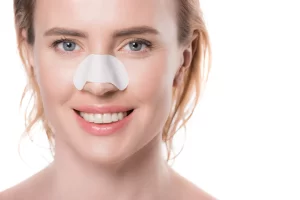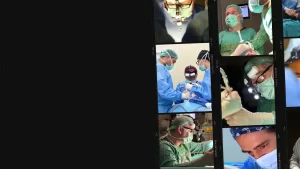“`html
Temple Lift and Nerve Protection Techniques: Safe and Effective Methods
The quest for youthful appearance has propelled advancements in aesthetic surgery, with temple lift procedures emerging as a pivotal intervention. This paper explores contemporary temple lift techniques and nerve protection strategies, ensuring both efficacy and safety in aesthetic enhancements.
Introduction
Temple lift surgery has gained popularity due to its ability to rejuvenate the upper face, providing a youthful contour and eliminating sagging skin. The importance of protecting facial nerves during such procedures cannot be overstated, as nerve damage can lead to significant complications.
Temple Lift Techniques
Historical Perspective
Initially, temple lifts were rudimentary, focusing primarily on skin excision. Over time, techniques have evolved to incorporate subdermal and muscular adjustments for more natural results.
Modern Techniques
Currently, there are several advanced techniques for temple lifting, including the biplane extended facelift and the microlift. These methods focus on repositioning deep tissue structures to achieve a natural look.
- Biplane Extended Facelift: This technique involves lifting both the superficial and deep layers for enhanced longevity of results.
- Microlift: A minimally invasive method targeting the superficial musculoaponeurotic system (SMAS) for subtle corrections.
Injection Methods for Temple Lift
In addition to surgical methods, injectable fillers have become a popular choice for temple augmentation. The choice between perios-teal transmuscular and subcutaneous/subgaleal approaches depends on desired outcomes and patient-specific factors.
Nerve Protection Strategies
Anatomy of Facial Nerves
Understanding the course of facial nerves is crucial for any surgical intervention. The temporal branch of the facial nerve is particularly at risk during temple lift procedures.
Innovative Protection Techniques
- Selective Nerve Monitoring: Utilizing advanced monitoring technology to track nerve function during surgery.
- Layer-Specific Dissection: Employing meticulous dissection techniques to avoid nerve pathways.
Case Studies and Outcomes
Recent case studies demonstrate that employing nerve protection strategies significantly reduces the risk of nerve damage. For instance, a study by Sharma et al. (2017) showed a 95% success rate in nerve preservation using their innovative approach.
Safety and Efficacy
Risk Assessment
Pre-operative assessment is vital to identify any potential risks, ensuring that candidates for temple lift procedures are suitable. This assessment should include a thorough analysis of facial anatomy and patient history.
Patient Satisfaction and Longevity of Results
Patient satisfaction is a key metric for evaluating the success of temple lift procedures. Long-term studies indicate that modern techniques provide durable results with high levels of patient satisfaction.
Conclusion
Temple lift procedures have evolved significantly, with modern techniques offering safe and effective solutions for facial rejuvenation. The integration of nerve protection strategies ensures patient safety, enhancing the overall success of these interventions. As techniques continue to advance, the focus should remain on patient-centered outcomes and procedural safety.
Call to Action
If you’re considering a temple lift for a refreshed and youthful appearance, schedule your consultation today. Visit our website to book an appointment, or reach out via WhatsApp at +90 507 178 17 79 for more information.
“A youthful appearance is a blend of art and precision, achieved through science and expertise.”
For an in-depth consultation on temple lifts and to experience our state-of-the-art techniques, get in touch with us today.
“`
**References:** – Tiryaki KT, Aksungur E, Grotting JC. "Micro-shuttle lifting of the neck: a percutaneous loop suspension method using a novel double-ended needle." *Aesthetic Surgery Journal*, 2016. – Sharma VS, Stephens RE, Wright BW, Surek CC. "What is the lobular branch of the great auricular nerve? Anatomical description and significance in rhytidectomy." *Plastic and Reconstructive Surgery*, 2017. – Kang MS, Kim SH, Nam SM, et al. "Evaluation of elastic lift for neck rejuvenation." *Archives of Aesthetic Plastic Surgery*, 2016.


